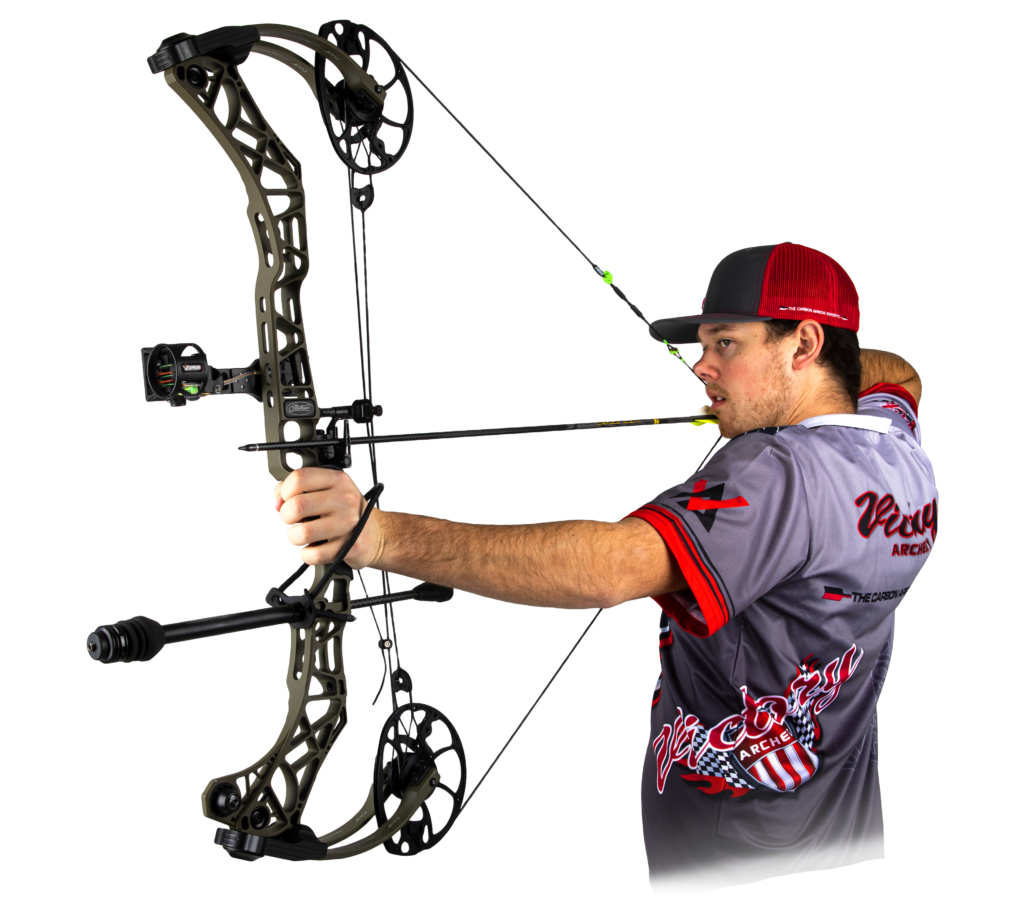
Arrow Dynamics: Precision in Flight
Archery arrows, the quintessential projectiles, embody the perfect blend of design, materials, and craftsmanship, pivotal in defining an archer’s accuracy, speed, and overall performance.
Anatomy of Arrows: Components and Structure
Arrows comprise various components meticulously crafted for optimal performance. The shaft, usually made of carbon, aluminum, or wood, acts as the arrow’s backbone. Fletchings, positioned at the rear, stabilize flight, while arrowheads, available in diverse types like field points, broadheads, or specialty tips, determine the arrow’s impact.
Understanding Arrow Spine: Flexibility and Impact
The spine, an arrow’s measure of flexibility, profoundly impacts flight. A spine’s stiffness or flexibility influences arrow performance and accuracy. Choosing the correct spine based on an archer’s bow type and draw weight is critical to achieving the desired accuracy and consistency.
Fine-Tuning Arrow Weight and Balance
Balancing arrow weight is essential for precise shooting. Factors like point weight, arrow length, and fletching configuration influence an arrow’s balance and flight trajectory. Fine-tuning these elements ensures an archer achieves the optimal weight and balance for their shooting style.
Fletchings: Stabilizing Flight Trajectory
Fletchings, typically made of feathers or plastic vanes, significantly impact an arrow’s stability in flight. Their precise positioning and configuration control the arrow’s rotation, minimizing deviations and ensuring a straighter trajectory towards the target.
Arrowheads: Impact and Penetration
Arrowheads, available in various shapes and weights, dictate the arrow’s impact and penetration. Field points are standard for practice, while broadheads are designed for hunting, delivering greater penetration. Specialty heads, such as blunt or judo points, serve specific purposes based on an archer’s needs.
Materials Matter: Arrows’ Construction
Arrows are constructed using diverse materials, each influencing performance. Carbon arrows offer durability and consistency, aluminum combines lightweight and strength, while wooden arrows, valued for their traditional appeal, require skilled craftsmanship.
Customization and Personalization
Arrows are highly customizable to match an archer’s preferences and shooting style. Choices in arrow components, colors, and designs allow archers to personalize their arrows, reflecting their individuality and enhancing their connection to their gear.
Tuning Arrows for Optimal Performance
Arrow tuning, a meticulous process, involves adjusting various components to optimize an arrow’s flight. This process ensures arrow straightness, proper spine alignment, and accurate point weight, resulting in consistent and precise shooting.
Durability and Maintenance
Maintaining arrow integrity is crucial for sustained performance. Regular inspection for damages, proper storage, and care for arrow components like nocks and fletchings contribute to their longevity and consistent performance.
Investment in Quality Arrows
Investing in quality arrows ensures reliability and consistency in performance. While entry-level arrows suffice for beginners, transitioning to higher-quality, specialized arrows becomes a choice for dedicated archers seeking enhanced accuracy and durability.
In the tapestry of archery, arrows serve as the vital link between an archer and their target. To explore further about Archery arrows, uncovering their intricacies and significance in an archer’s pursuit of precision, delve deeper into this captivating realm.



